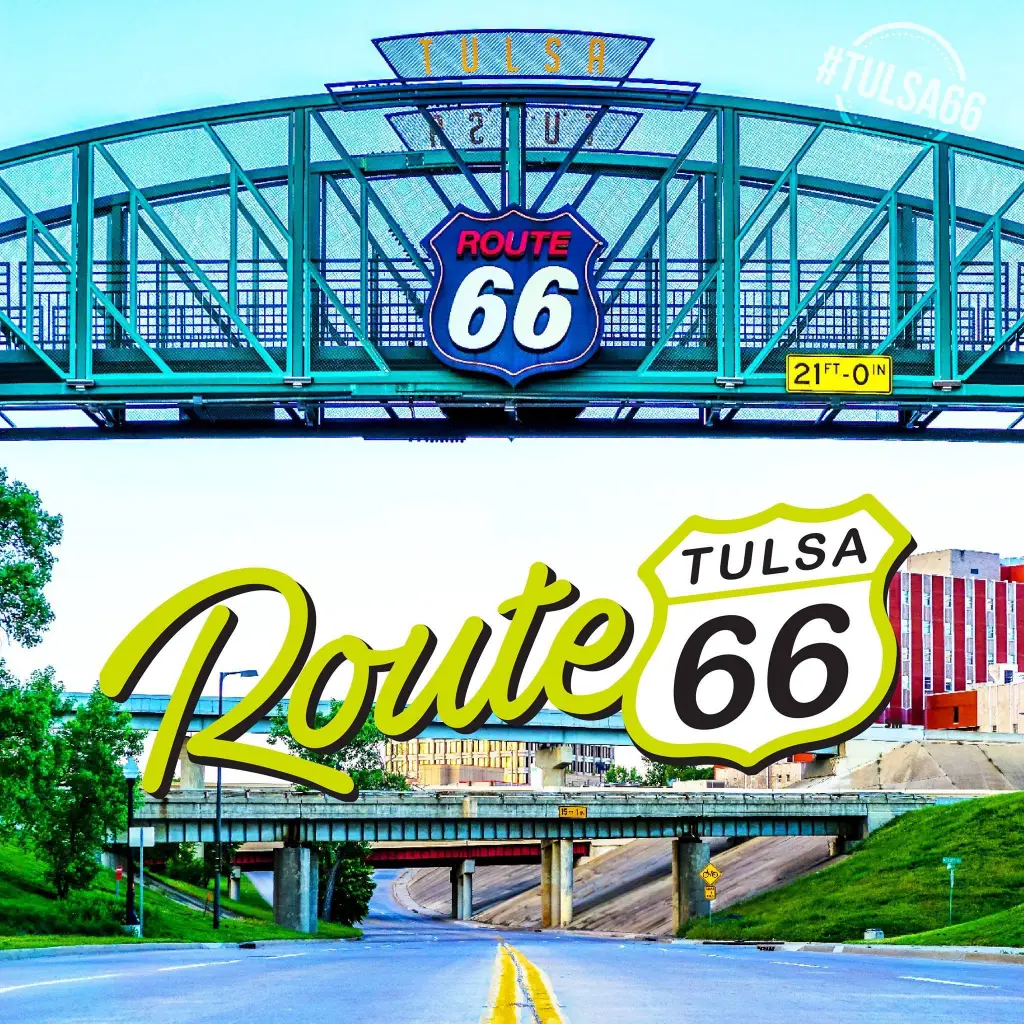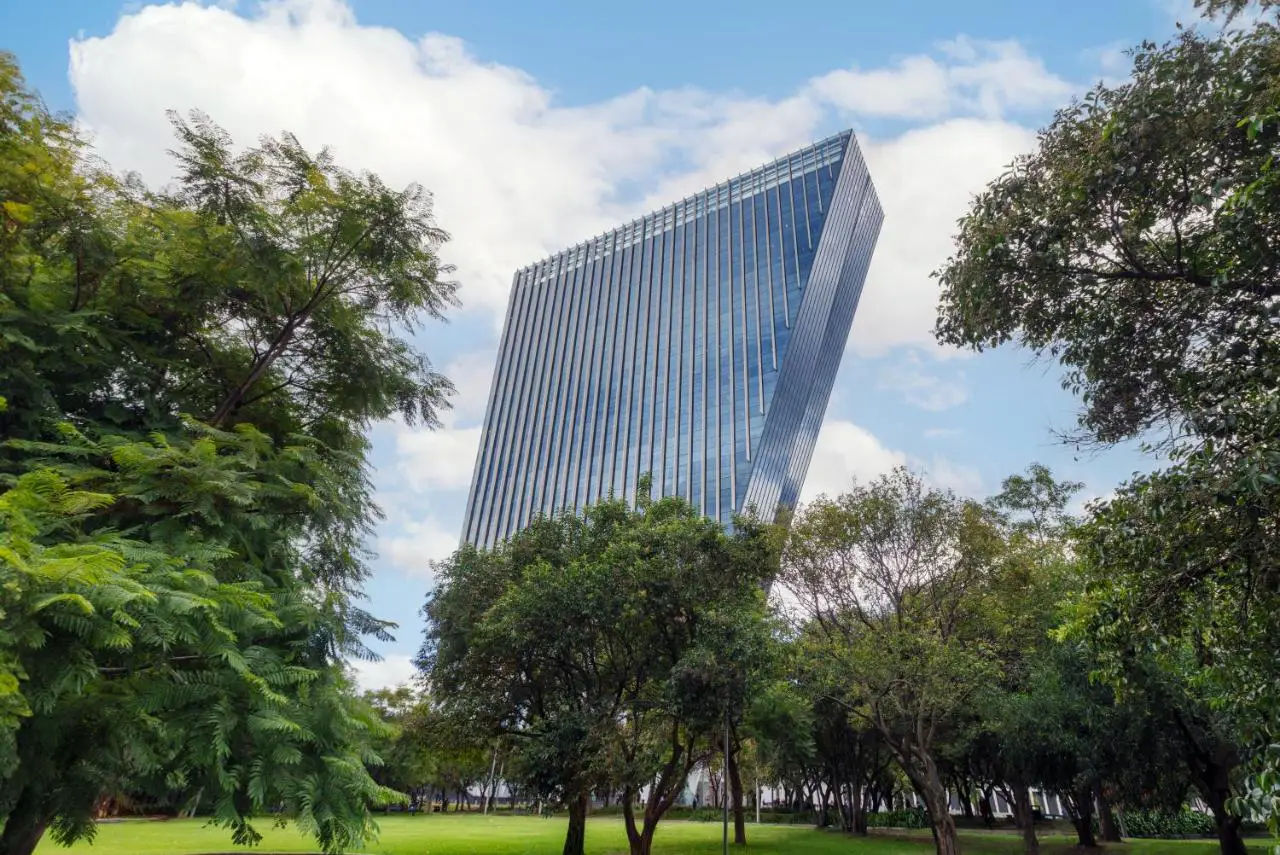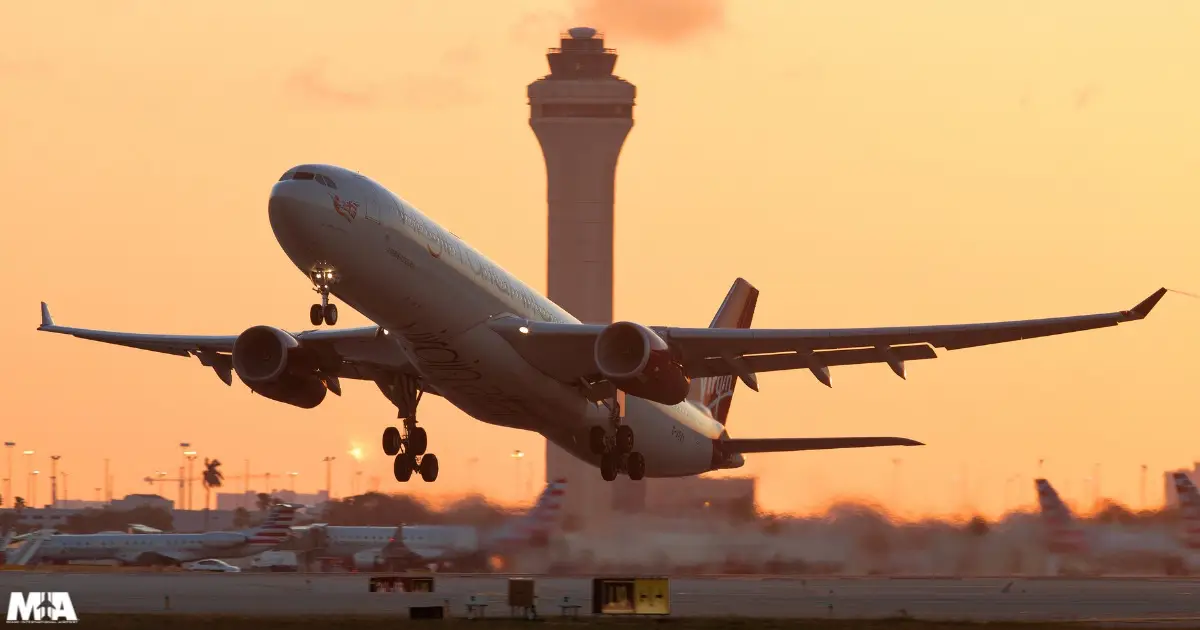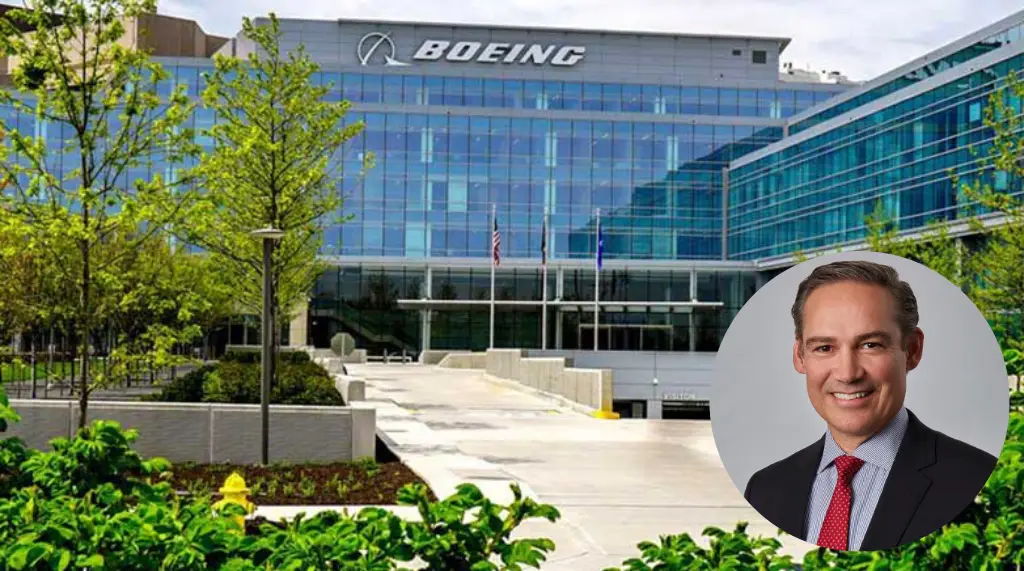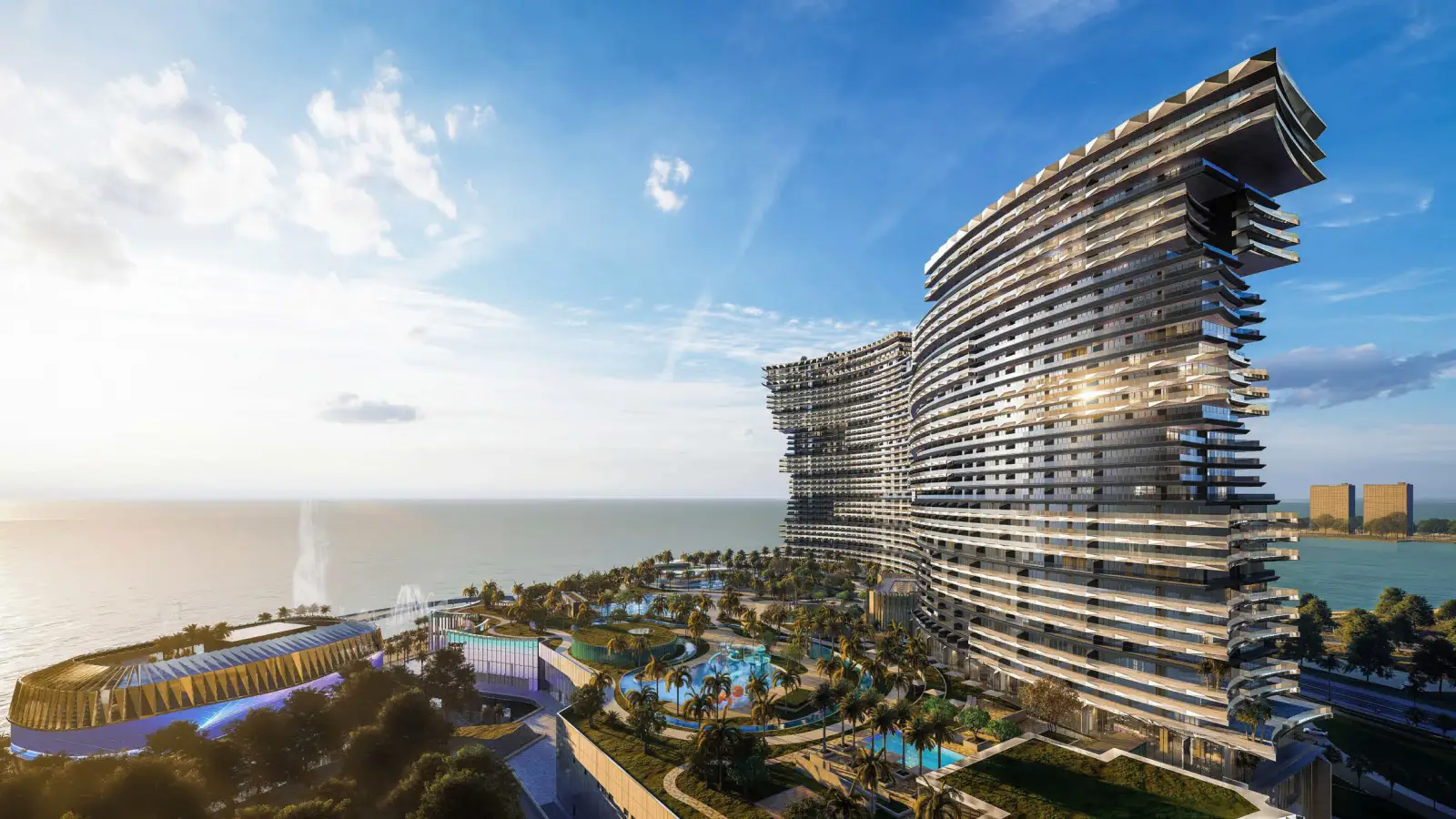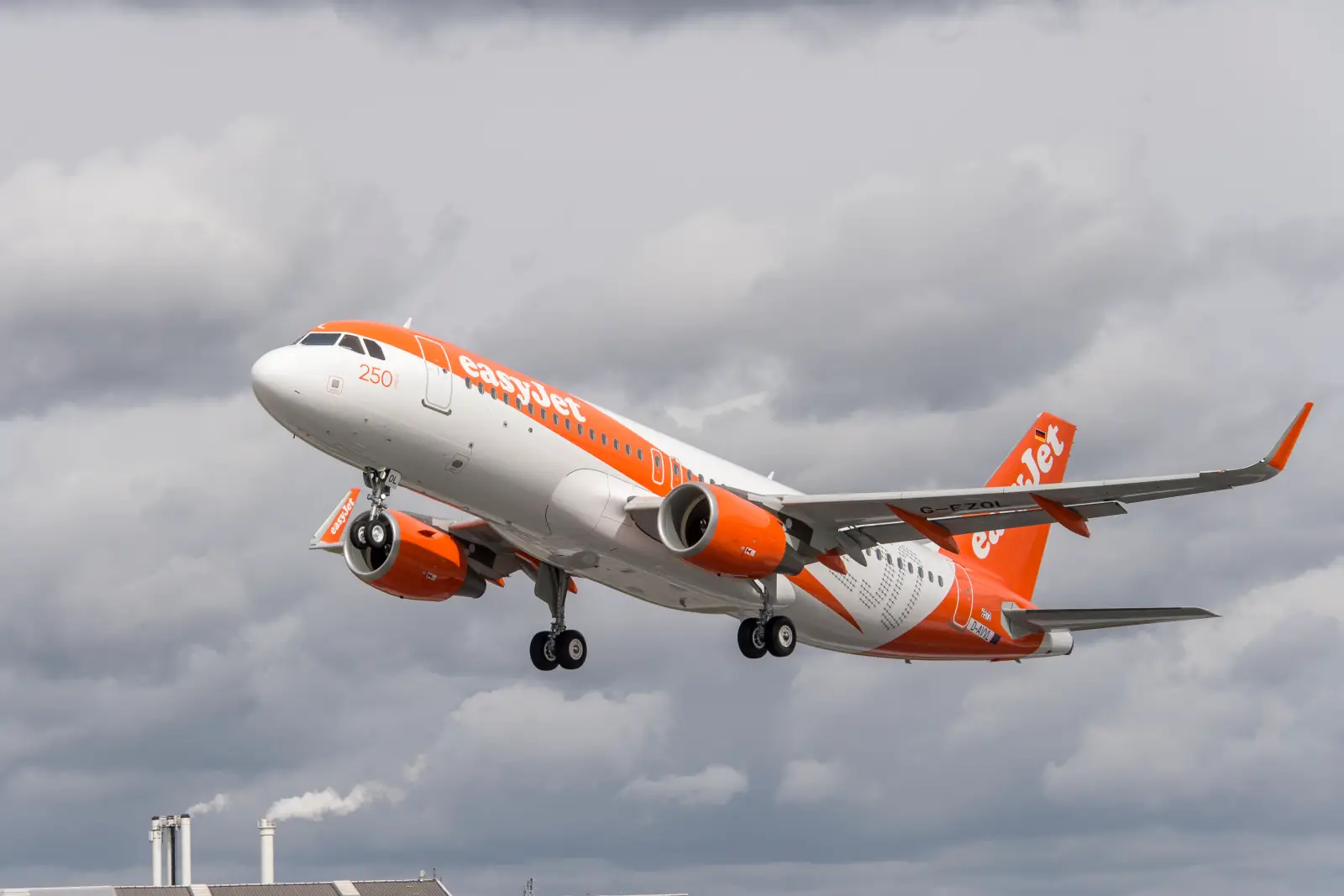Long known as a central piece of the history of America’s Main Street, Tulsa can now officially lay claim to the title of Capital of Route 66®.
The Tulsa Route 66 Commission, an official commission through the City of Tulsa, secured a copyright on the term “Capital of Route 66,” leaving no question of Tulsa’s significance to the history of the Mother Road. A process that lasted more than two years and involved exhaustive research and surveysled to the final approval from the federal government in April of 2024.
“Tulsa and Route 66 are deeply connected with the Mother Road running through the heart of our city,” said Tulsa Mayor G.T. Bynum.
“Route 66 is an integral part of Tulsa’s identity and we’ve long been known as the Capital of Route 66. To have this official designation is an exciting day for Tulsa, our region, and the state of Oklahoma.”
Tulsa boasts 28 miles of Route 66 within the city limits, bookended by Gateway Arches on the east and west. Travelers pass by dozens of neon signs that harken back to the days when Route 66 was the main thoroughfare through much of the country. It was born April 30, 1926, when Tulsan Cyrus Stephens Avery sent a telegram from Springfield, Mo., designating the new highway “U.S. Highway 66.”
“Springfield shares a special bond with Tulsa in that two of our community leaders, John T. Woodruff and Cyrus Avery, were instrumental in making Route 66 a reality,” said Springfield Mayor Ken McClure.
“We send our sincere congratulations to Tulsa on its official designation as the ‘Capital of Route 66’and look forward to partnering in continuing to shine on a light on the excitement and opportunity of the Mother Road. As the Birthplace of Route 66, we are proud to be in your company!”
Avery was a strong advocate for the highway to take a southwest direction, and Tulsa’s 11th Street Bridge, opened in 1916, was the safest place along the Arkansas River travelers could cross without taking a ferry. Today, Route 66 stretches 2,278 miles from its origination in Chicago to the end in Santa Monica, Calif.
“Route 66 stands as a legendary American symbol of our collective history through time and place,” said Santa Monica Mayor Phil Brock. “We here at the ‘End of the Trail’ celebrate with our friends in Tulsa on their designation of this legendary road.”
The copyright will further highlight Tulsa’s prominence in the Route 66 story, solidifying its place as a city that shaped the road in a profound way.
“Amazing! Working tirelessly behind the scenes, Tulsa’s Route 66 Commissioners continue the same forward-thinking momentum Cyrus Avery began almost 100 years ago,” said Chairman of the Tulsa Route 66 Commission Josh Stout.
“We are restoring and reinventing the Capital of Route 66 for the next century of dreamers, preserving the history while simultaneously investing in new growth across Tulsa’s corridor.”
The history of Route 66 is deeply connected to Tulsa. In fact, the first U.S. 66 Highway Association, the original association that promoted the road, was founded in Tulsa.
“Route 66 is a key part of Tulsa’s identity,” said Oklahoma Route 66 Association President Rhys Martin.
“Likewise, Tulsa is a big part of Route 66’s creation and early promotion due to Cyrus Avery’s involvement. Being recognized as the Capital of Route 66 speaks volumes about the city’s intentional investment in the corridor and the local pride in being such an integral part of its history.”
Tulsa’s stretch of Route 66 allows visitors to experience memorials to the road’s storied past, including Cyrus Avery Centennial Plaza, and witness emerging attractions that capture the quirk of the route and signal the paving of many years to come. This includes USA Today’s #1 Food Hall, Mother Road Market, Decopolis Discovitorium art deco museum and gift shop, Buck Atom’s Cosmic Curios, which features the 21-foot-tall Buck Atom Muffler Man, and the newest addition, Stella Atom Space Cowgirl.

